Best Seasons for Walkway Repairs
Timing for walkway repairs depends on climate, usage, and material condition. Proper scheduling can extend the lifespan of walkways and prevent costly future repairs.
Spring offers moderate temperatures ideal for repairs, allowing materials to set properly and reducing the risk of weather-related delays.
Warm, dry summer weather facilitates quick curing of repairs, but high temperatures can cause materials to dry too rapidly if not managed properly.
Fall provides cooler temperatures and less precipitation, making it suitable for repairs before winter conditions set in.
Cold temperatures and moisture can hinder repair work, increase curing times, and lead to suboptimal results if not scheduled carefully.
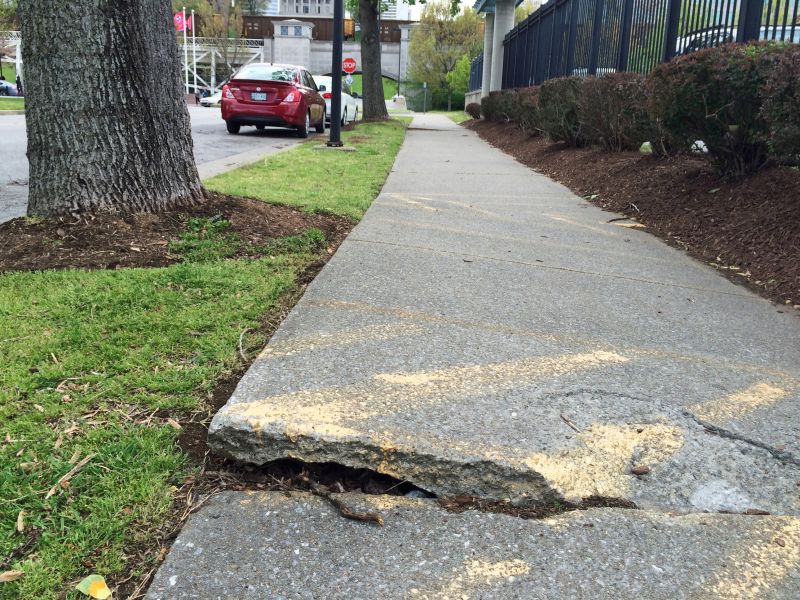
Repair work during spring benefits from moderate temperatures and less precipitation.
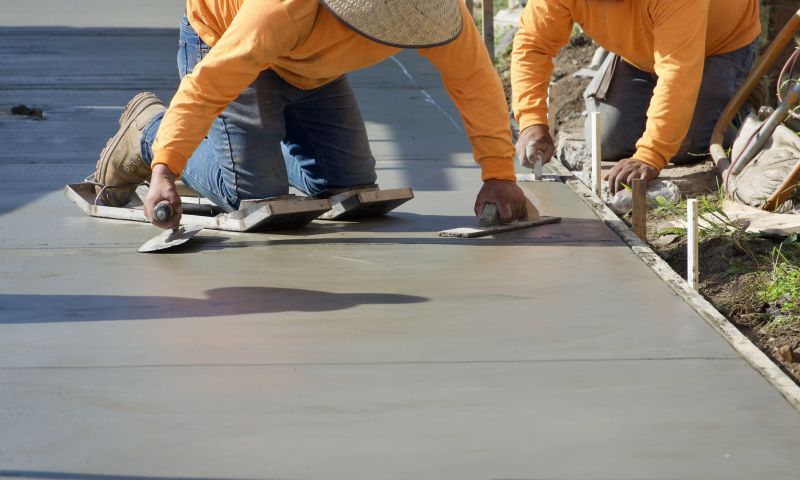
Summer repairs can be effective with proper planning for heat management.

Fall provides cooler weather ideal for repairing walkways before winter.
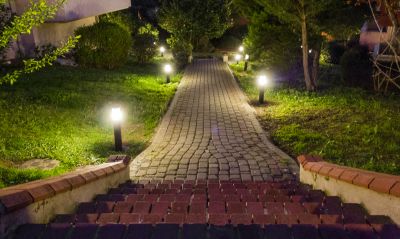
Ways to make Walkway Repairs work in tight or awkward layouts.
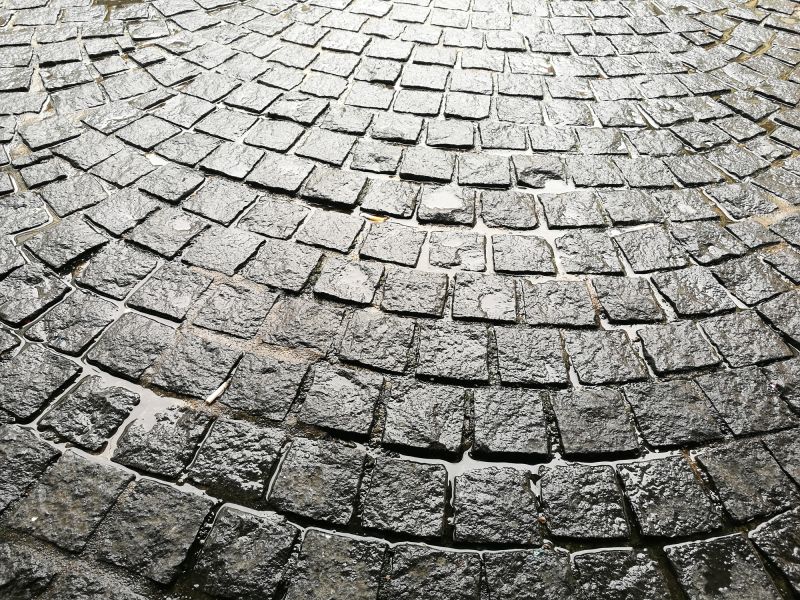
Popular materials for Walkway Repairs and why they hold up over time.
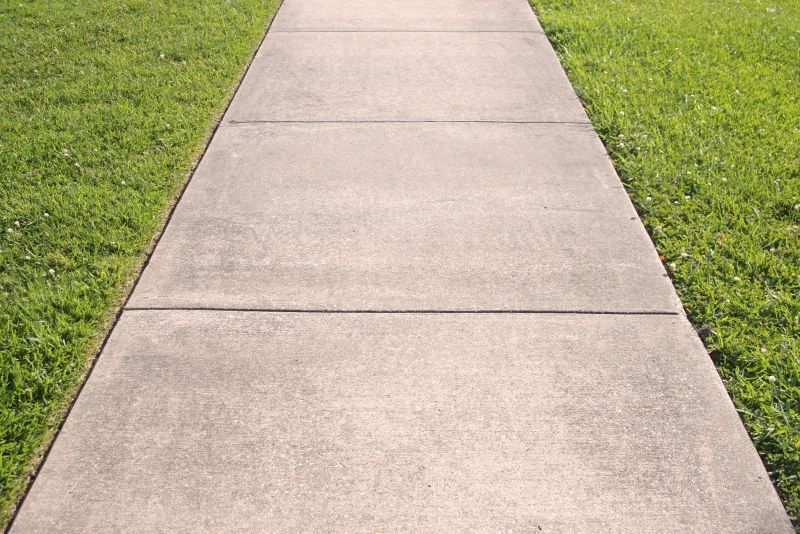
Simple add-ons that improve Walkway Repairs without blowing the budget.
Walkway repairs are essential for maintaining safety, preventing further deterioration, and enhancing curb appeal. Regular inspections can identify issues such as cracks, uneven surfaces, or deterioration caused by weather exposure. Addressing these problems promptly can prevent trip hazards and extend the lifespan of the walkway surface.
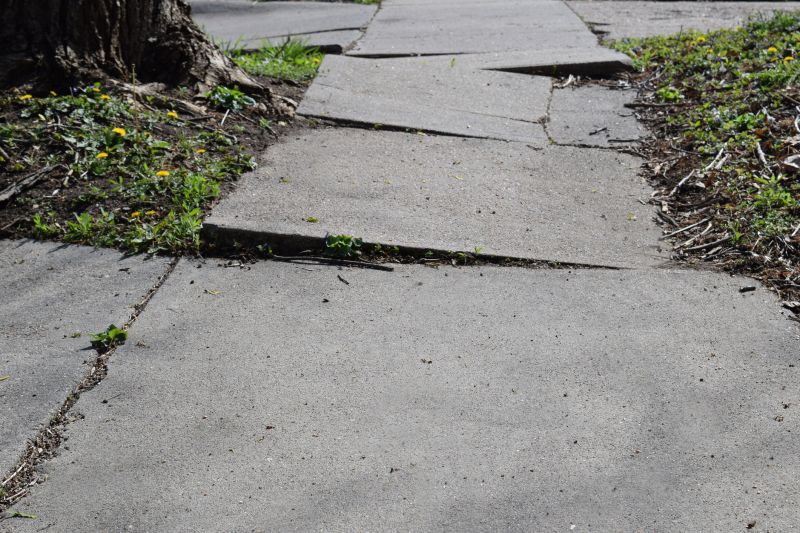
Cracks can worsen over time, leading to larger structural issues if not repaired promptly.
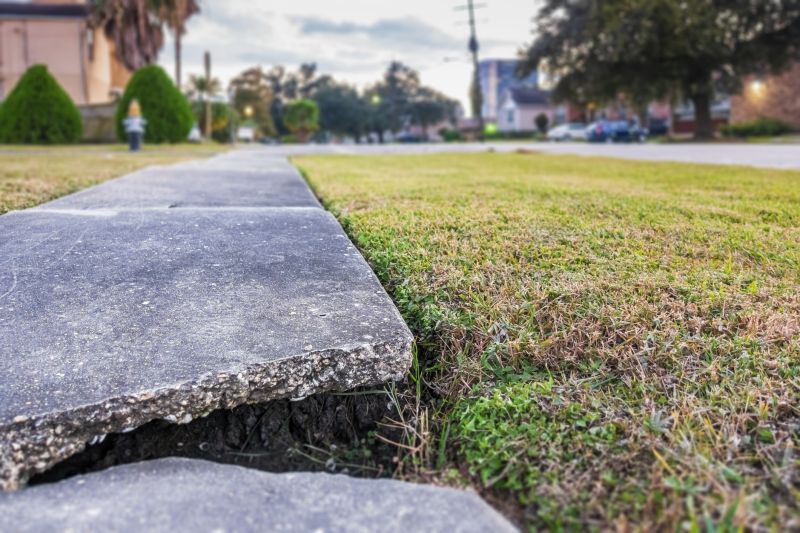
Uneven walkways pose tripping hazards and may require leveling or resurfacing.

Exposure to weather elements accelerates deterioration, emphasizing the importance of timely repairs.
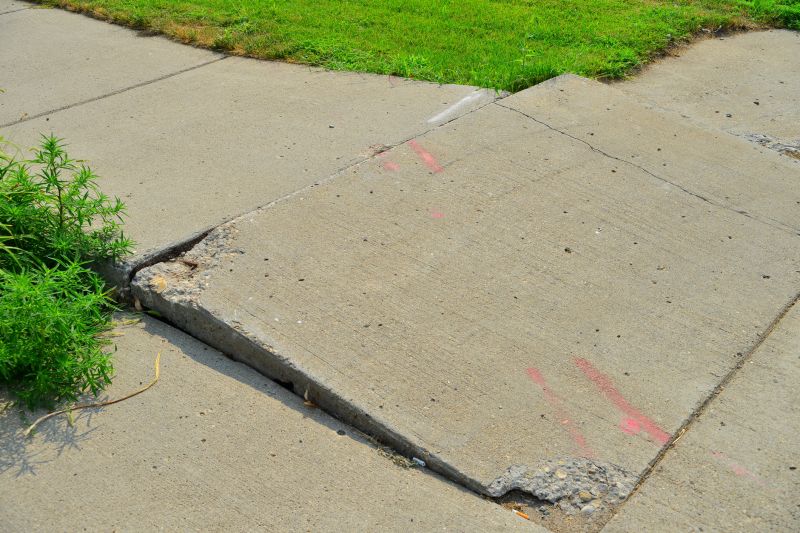
Properly repaired walkways improve safety and extend durability.
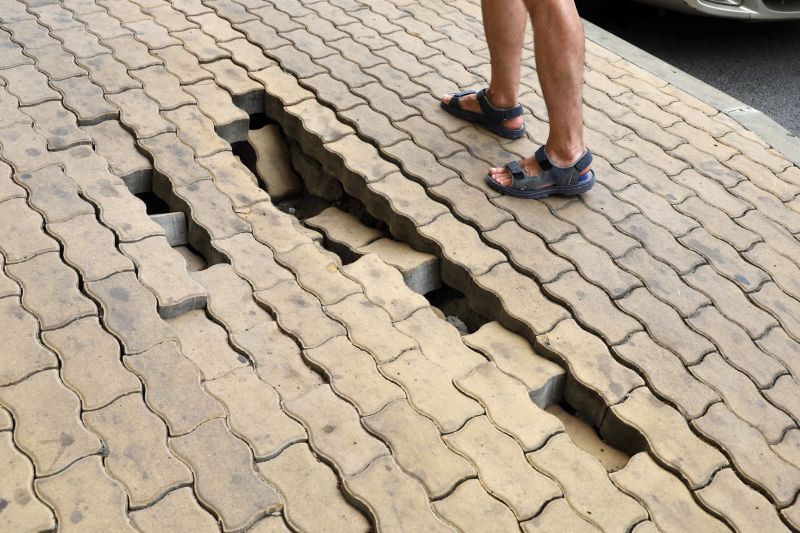
High-end options that actually feel worth it for Walkway Repairs.
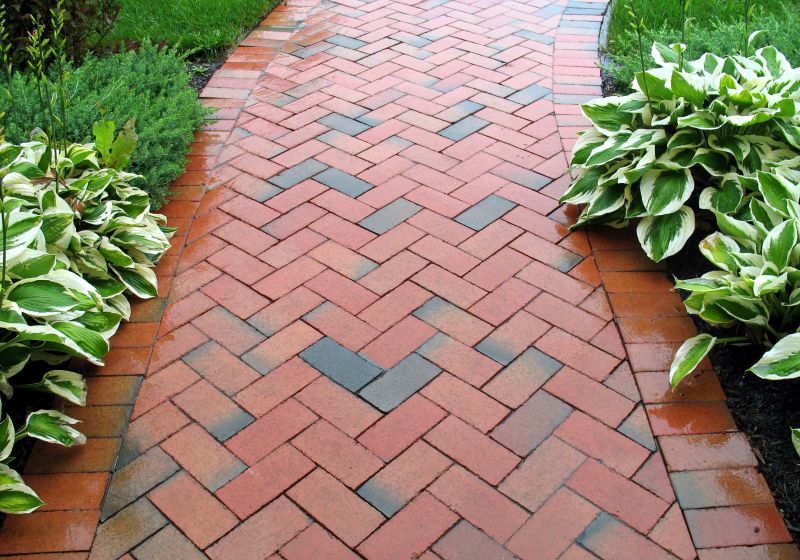
Finishes and colors that play nicely with Walkway Repairs.
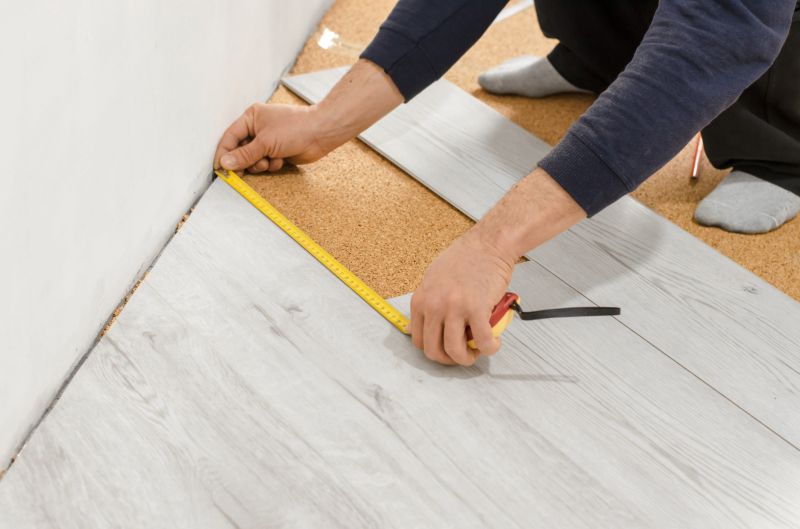
Little measurements that prevent headaches on Walkway Repairs day.

A 60-second routine that keeps Walkway Repairs looking new.
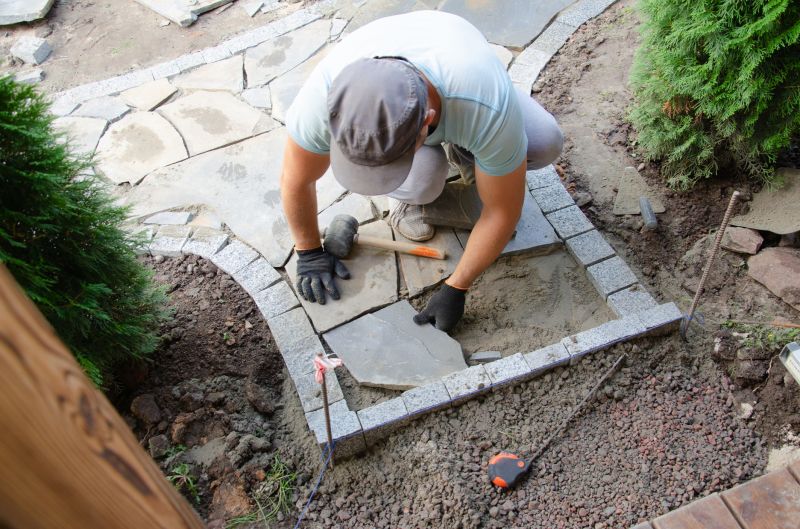
A frequent mistake in Walkway Repairs and how to dodge it.
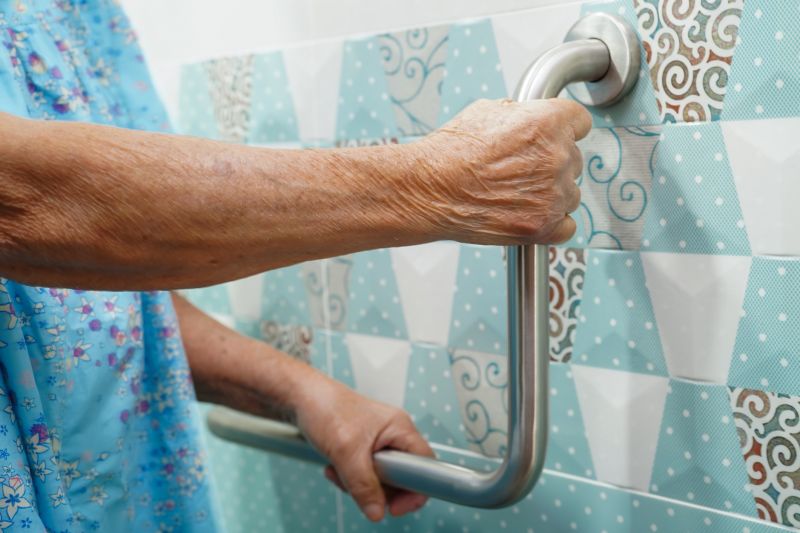
Small tweaks to make Walkway Repairs safer and easier to use.
| Season | Ideal Conditions |
|---|---|
| Spring | Moderate temperatures, less precipitation, good for curing materials. |
| Summer | Warm and dry, but requires careful management of heat. |
| Fall | Cooler weather, less rain, suitable for repairs. |
| Winter | Cold temperatures and moisture hinder repair work. |
| Late Spring/Early Fall | Most recommended periods for optimal results. |
Scheduling walkway repairs during the most suitable seasons can lead to better results, longer-lasting repairs, and fewer weather-related disruptions. Proper planning considers local climate patterns and the specific condition of the walkway surface.
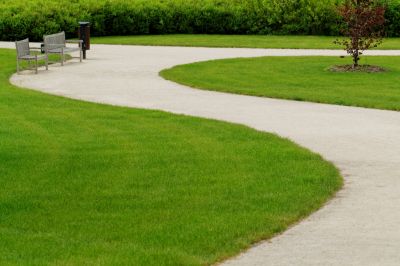
Spring is ideal for repairing walkways due to favorable weather conditions.

Fall provides cooler weather suitable for effective repairs.
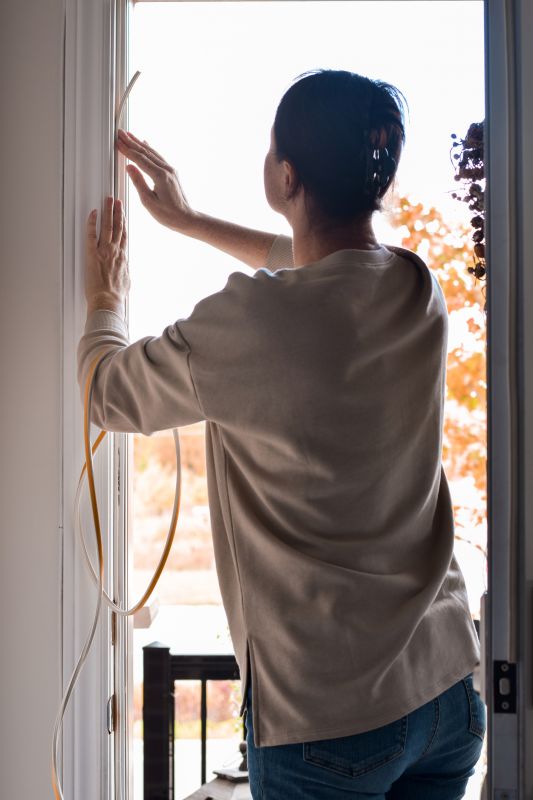
Properly timed repairs can withstand seasonal weather changes.
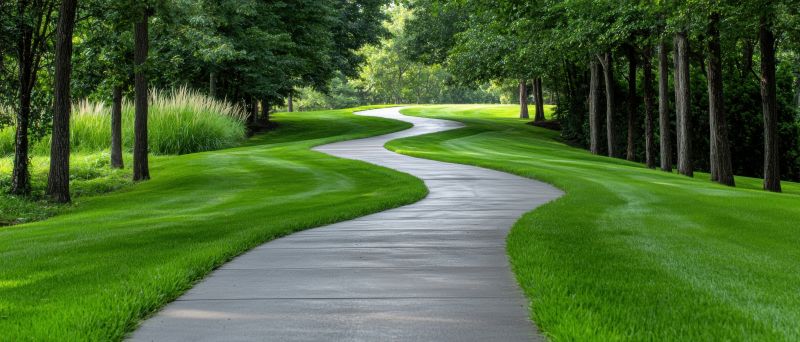
Lower-waste or water-saving choices for Walkway Repairs.
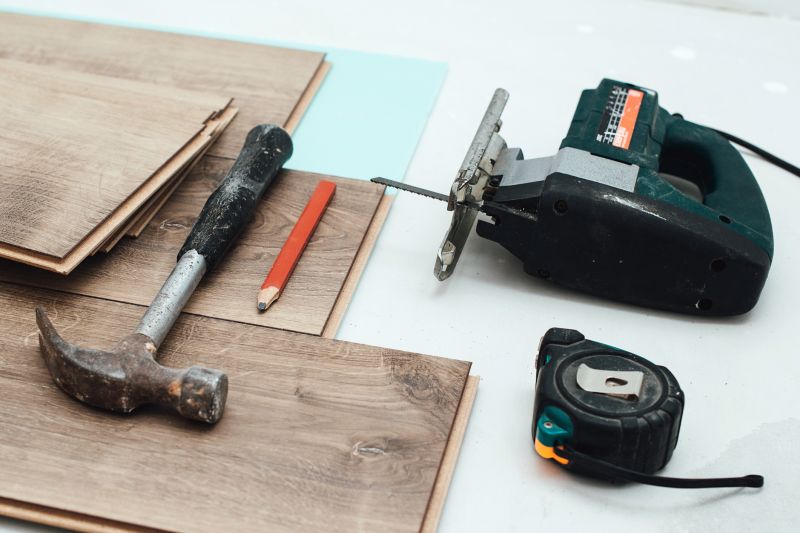
The short, realistic tool list for quality Walkway Repairs.
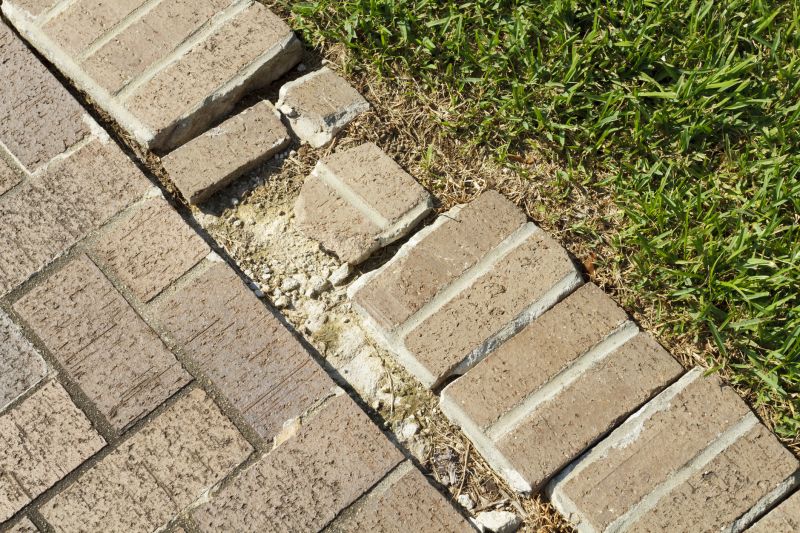
Rough timing from prep to clean-up for Walkway Repairs.
Interested in walkway repairs? Filling out the contact form can provide further assistance and information tailored to specific needs and local conditions.



